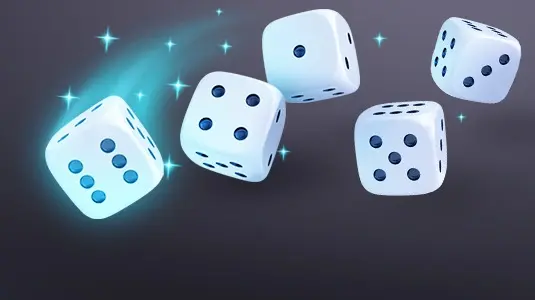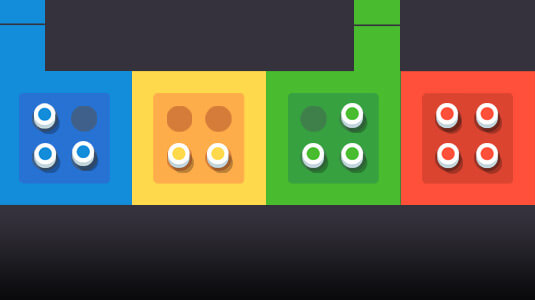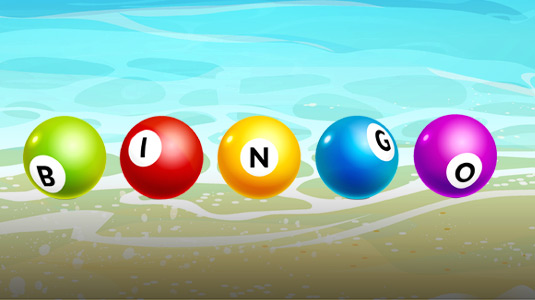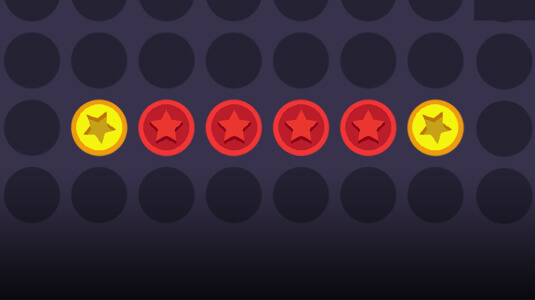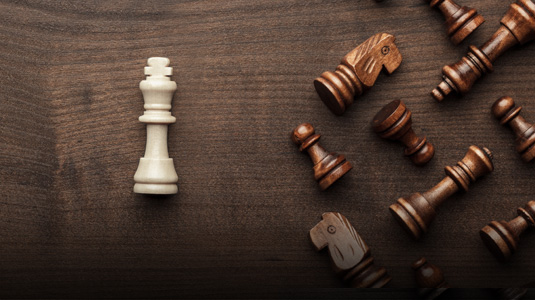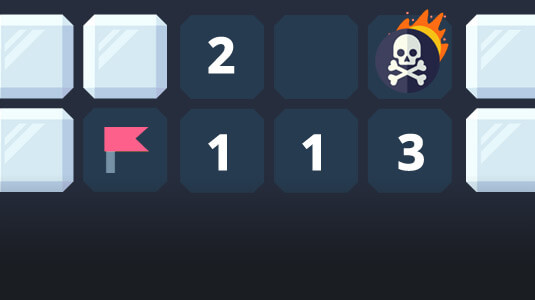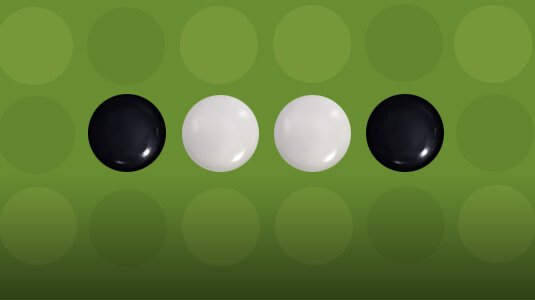Play Backgammon online with friends for free

Game Board
Backgammon is a 2 player game. The four quadrants of the Backgammon board are shown below.
The triangular-shaped spaces that the checkers occupy are known as "points".
Each player begins with 15 checkers, which are set up on a board as shown.
The numbers along the top and bottom of the board indicate the names of the different points.
Object of Game
The object in Backgammon is to be the 1st player to move all of his/her checkers off the board (see more in Endgame).
Before starting, players decide on the number of score points (1, 3, 5, 9). The first player to reach that agreed score points wins the game.
Top Ranked Winners
Can I play online?
Yes. Install the Plato app on iOS, Android, or macOS to play the full catalog with friends or matchmade opponents. You can also play Ocho online in your web browser — no install needed.
Can I play with friends?
Yep. Tap Create Private Game, then share the invite link or invite from your contacts. When they tap Accept, they're seated at your table.
Is it free?
Yes — free to play and ad-free. If you buy something, it's for looks (themes, profile flair), not power.
Is it fair?
Shuffles, deals, dice, and timers run on Plato servers, not your device. Everyone plays by the same rules and no one can peek at hidden information.
Is it safe?
You can block and report from profiles or chat. Public spaces use filters and human review. Some rooms use Chat Pass to deter spam, and privacy controls let you limit who sees you online.
Live vs. turn-based: what’s the difference?
Both are turn-taking; the difference is the clock. Live uses short timers for quick back-and-forth. Turn-based gives you longer — often up to 24 hours per move in games like Chess — so you can play at your pace.
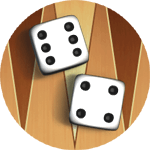 Backgammon
Backgammon
